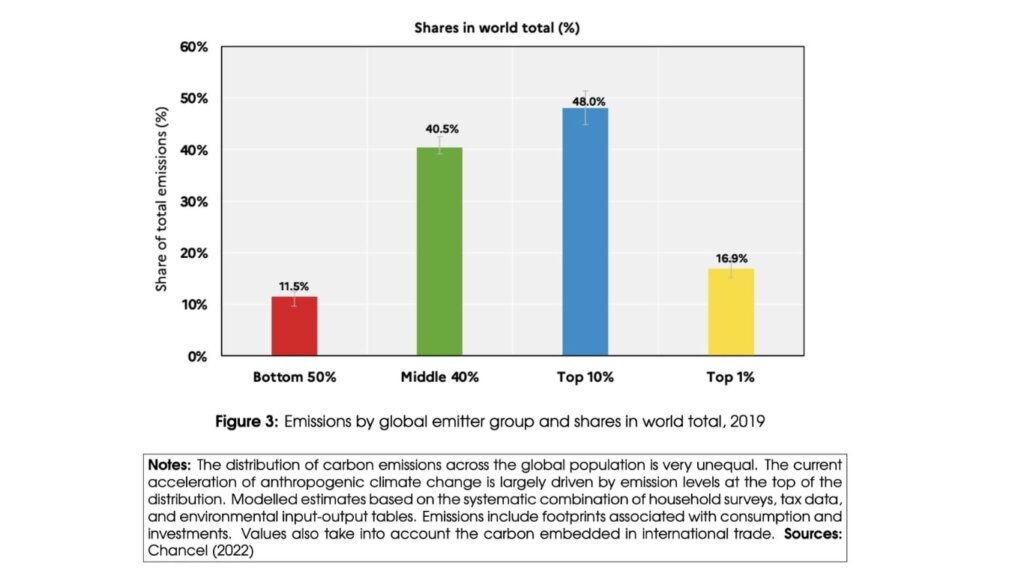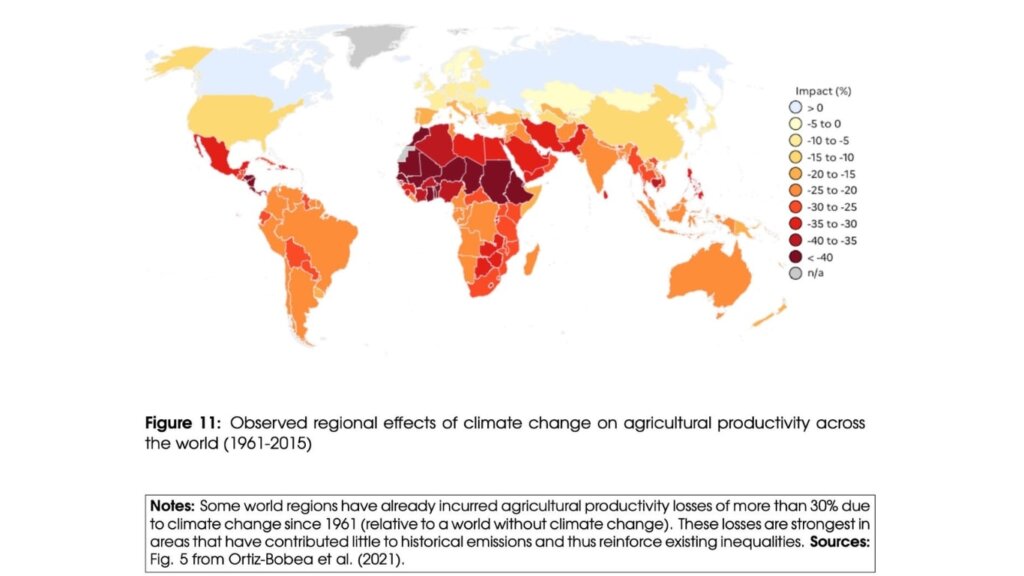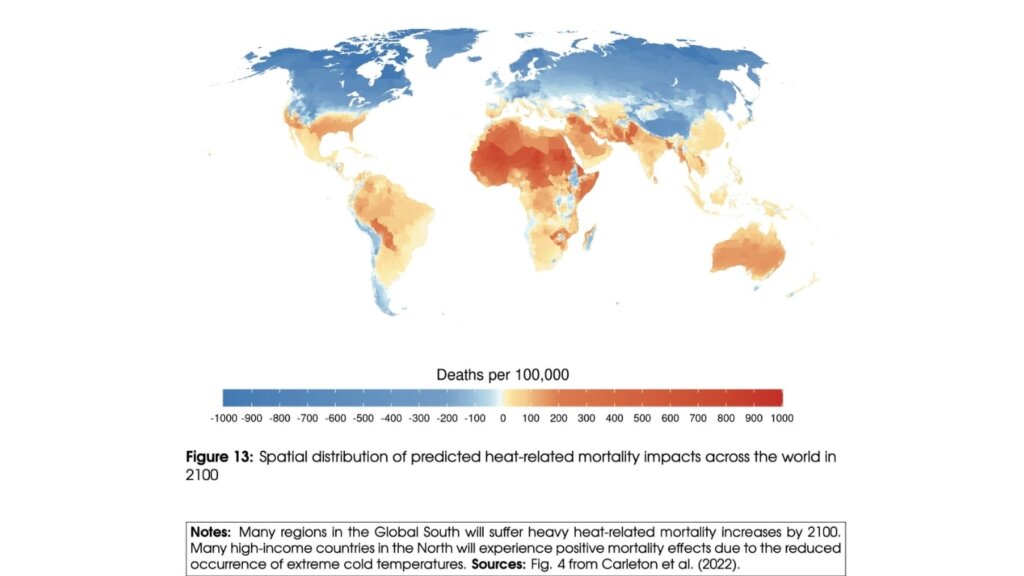
This article was initially published on GRIP’s website on December 26, 2023. GRIP is an affiliated body of the ISC.
The Climate Inequality Report 2023, published by the World Inequality Lab, sheds a stark light on this disparity, revealing the profound ways in which climate change exacerbates existing social and economic inequalities. The Global Research Programme on Inequality (GRIP), an Affiliated Body of the International Science Council, delves into the key findings of this groundbreaking report, considering their implications for our society and the academic community and exploring potential pathways to address climate inequality.

The report’s findings paint a sobering picture of the unequal burden of climate change. As climate change escalates, its impacts are neither random nor impartial. Vulnerable communities, often those with lower incomes, limited access to resources, and marginalised social positions, are disproportionately exposed to the adverse effects of climate change. Their coping capacities are further strained by existing inequalities, making them more susceptible to the impacts of climate-related disasters, food insecurity, and economic hardship.

To fully grasp the magnitude of climate inequality, let’s examine some of the report’s core findings:

The dual burden of inequality and disaster-risk
Join our discussion with Hélène Jacot des Combes, the new Project Manager at the International Science Council, as we discuss the complex dynamics at play between inequality and disasters and the urgent need for equitable solutions.
Beyond a comprehensive problem analysis, the Climate Inequality Report 2023 provides a roadmap for addressing climate inequality. Its policy recommendations offer innovative solutions that can help rectify these disparities.
While the Climate Inequality Report 2023 provides valuable insights, it’s crucial to consider the real-world impact of these findings. Personal anecdotes and case studies can vividly illustrate how climate inequalities affect individuals and communities.

Consider the case of Maria, a smallholder farmer in a low-income country. Increasingly unpredictable weather patterns have made it difficult for Maria to maintain her crops, leading to income loss and food insecurity. Her story echoes the experiences of countless individuals and communities worldwide disproportionately affected by climate change.
Engaging with these real-world stories can help us understand the urgency of addressing climate inequalities. It can drive action and policy changes that resonate with the people who bear the brunt of these inequalities.

The implications of the Climate Inequality Report 2023 do not exist in isolation. They intersect with a broader academic discourse on climate change, social justice, and sustainable development. Engaging with relevant academic literature can help contextualise the report’s findings and broaden the scope of our discussion. Works by scholars such as Raworth (2017) on doughnut economics and Piketty (2014) on wealth inequality intersect with the report’s recommendations. These works provide a broader perspective on addressing climate inequality as an integral part of larger socio-economic challenges. Encouraging the academic community to explore this intersection can lead to more comprehensive and interdisciplinary approaches to solving climate inequalities.
The Climate Inequality Report 2023 is a wake-up call to the world. It is a reminder that climate change is not just an environmental issue but a social justice issue. The report’s findings underscore the urgent need to address climate inequality and ensure the transition to a low-carbon economy is equitable and just.
We must move beyond recognising climate inequality; we must be resolute in our pursuit of climate justice. This is not merely an academic exercise but a collective endeavour to ensure a fairer, greener, and more equitable future for all.

The fight against climate inequality is a complex and multifaceted challenge. However, it is also an opportunity to build a better future for all. By embracing the findings of the Climate Inequality Report 2023 and working together, we can create a world where everyone has a fair chance to thrive in a healthy and sustainable environment.
Disclaimer
The information, opinions and recommendations presented in this article are those of the individual contributor/s, and do not necessarily reflect the values and beliefs of the International Science Council.